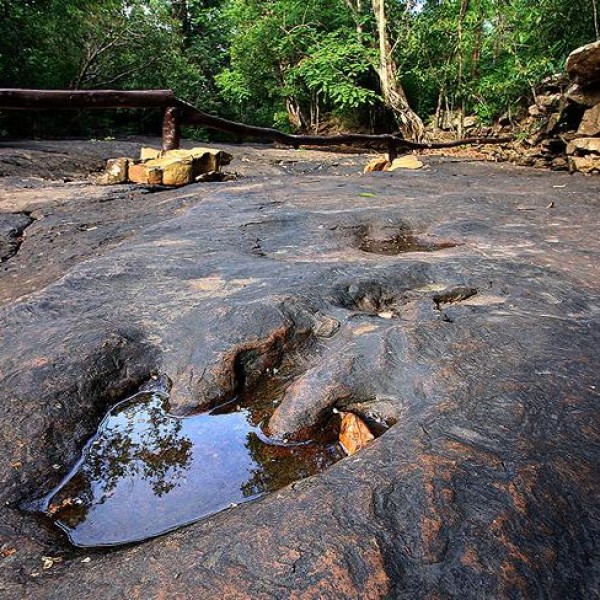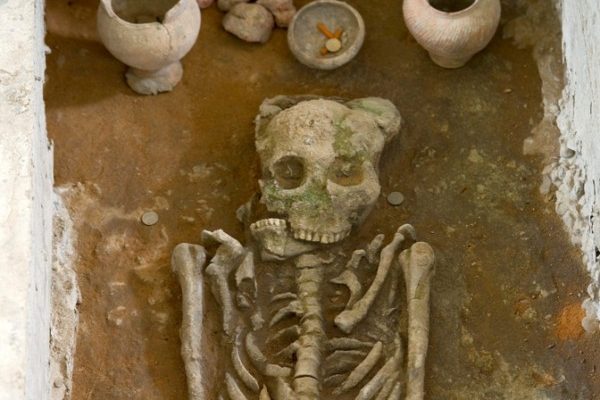
Phu Nam Chan
Phu Nam Chan National Park is where more than hundreds of fish fossils were discovered. It was the first time ever that fish fossil was discovered. The fish discovered is the Lepitose, the biggest fresh-water fish with the length at 30 -60 centimeters and was alive 65 million years ago and was distinctive together with the dinosaurs. Most of the fish fossils discovered were in good condition. The oxygen is an important aspect that prevents bacteria from eating the fossil. Therefore, it was left over until now. Phu Nam Chan National Park is in the area of Ban Dong Nuea, Tambon Lao Yai, Amphoe Kuchinarai of Kalasin province. It used to be a big swamp back in the old days. It was a plentiful swamp with more than 3 meters depth. From a plentiful swamp, it suddenly dried out and the animals around started to evacuate away from this swamp. The fish started to find its way to live by digging into the soil. However, the fish died anyway since the water was all dried out. Then, around thousand years afterwards the area here eroded and occurred as a river followed by the unheaval of the Pupan mountain at Amphoe Khao Wong into a shape like a boat which is called the shape of Kuchinarai. Then, the middle part was scoured into valleys making the surrounded mountains visible. Phu Nam Chan is where the herbivore fish Phuttabut Ansis was discovered. It was named after the Wat Pa Puttabut where more than 250 fossils of fish were kept. The general aspects of this fish consist of scales in the rhombus shape that is thick and shiny around 40-50 metres long. The fish was classified by the zygomatic bone which has more than other Lepitose including the teeth that is sharper which is the evidence in eating plants. Moreover, it is also where the Isanichthys Palustris, a new species of fish was discovered. The name means the hard bone fish from northeast region. It is a carnivore fish with thin body around 96 centimeters long. Moreover, there are other fish such as Ferkanosera Tochas Martini that has a complete teeth set. The teeth were all decayed. The area was covered with delicate sandstone in brown and purple color alternating with mudstone in red-brown color with limestone and silica inside. This stone is classified in the group of Phukradueng stone. Phu Nam Chan is in the area of the Phu Loei Conserved Forest. Take the highway 2042 forest to Amphoe Kuchinarai and turn left to the highway 2291 for around 7 kilometres.


